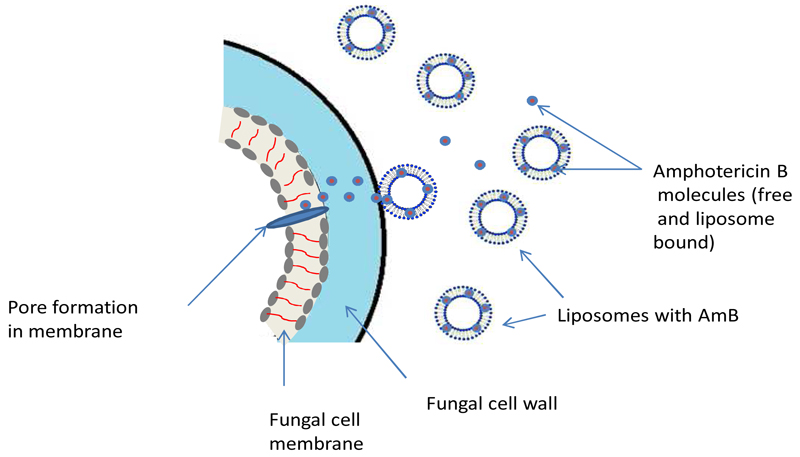Figure 1 : Schematic representation of the postulated mode of action of liposomal Amphotericin B.
Free, protein bound and liposome-associated amphotericin B circulate in the bloodstream following the administration of LAmB. The liposomes preferentially attach to the fungal cell wall. The active amphotericin B molecule is released and transfers to the cell membrane where it can exert its activity, forming pores and leading to ion leakage and cell death.
NB The precise mechanism of this transfer remains unknown

